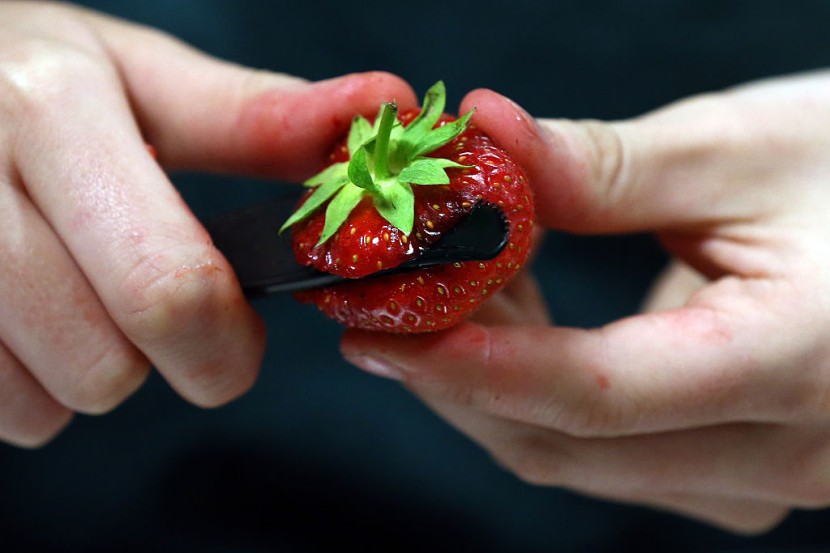
The global rise in hepatitis cases is the topic of continuing research. However, there has been a substantial advancement. The Food and Drug Administration (FDA) blamed the hepatitis A epidemic in the United States on tainted strawberries.
Hepatitis, or liver inflammation, is becoming more common among youngsters throughout the world. Hundreds of cases have already been reported in the United Kingdom. As of May 25, there were 222 instances reported: 158 in England, 31 in Scotland, 17 in Wales, and 16 in Northern Ireland.
"Our investigations continue to suggest an association with adenovirus, and we are exploring this link, along with other possible contributing factors such as prior infections such as COVID-19," said Doctor Renu Bindra, senior medical adviser and incident director at the UK Health Security Agency (UKHSA).
The Food and Drug Administration (FDA) in the United States and Canada confirmed on Saturday that contaminated strawberries are the likely source of a hepatitis A outbreak. The possibly impacted berries have already passed their expiration date, however if any cons
The FDA has joined forces with the Centers for Disease Control and Prevention (CDC), the Public Health Agency of Canada, and the Canadian Food Inspection Agency to look into the hepatitis cases further to see whether any other tainted goods contributed to the outbreak, according to Express.
How To Prevent Acquiring Hepatitis A?
The CDC recommends that anybody who has not been immunized against hepatitis A and has eaten these organic strawberries, both fresh and frozen, within the previous 14 days contact their local health department or health care practitioner to discuss postexposure prophylaxis. (PEP) with hepatitis A vaccination or immune globulin.
The organization stated that receiving PEP within 14 days of exposure can help avoid sickness. Anyone who purchased fresh organic strawberries from FreshKampo or HEB between March 5 and April 25 and froze them for later use should not consume them, according to the FDA. According to the CDC, hepatitis A symptoms typically develop two to seven weeks after exposure and may include symptoms such as:
Jaundice, which causes yellow skin or eyes
Stomach upset or pain
Dark urine or light-colored stools
The CDC noted that not everyone with hep-A has symptoms, although adults are more likely to have them than children. The average illness course lasts a few weeks and begins with fever, lethargy, and stomach discomfort, followed by jaundice. Within 3-6 months, a healthy liver can fully recover from Hepatitis A, as per Health Line.
List of Recalled Strawberries
So far, 17 instances have been connected to the strawberries in the United States, with 12 hospitalizations and no deaths. The majority of instances were recorded in California, with one in Minnesota and one in North Dakota. The most recent ailment began on April 30.
The potentially contaminated strawberries were purchased in the United States between March 5 and April 25, 2022, under the names FreshKampo and HEB. According to the Public Health Agency of Canada, the berries were purchased in Canada between March 5 and March 9 at several co-op stores in Alberta and Saskatchewan.
The strawberries should be thrown away if you are unclear about what brand you bought, or where you bought them before freezing them, according to the FDA. Because the inquiry is continuing, other goods may be included, Audacy via MSN reported.
Related Article : Monkeypox Outbreak: WHO Expert Raises Alarm on Quick Spread of Virus With 550 Cases in 30 Countries
@YouTube
© 2025 HNGN, All rights reserved. Do not reproduce without permission.








